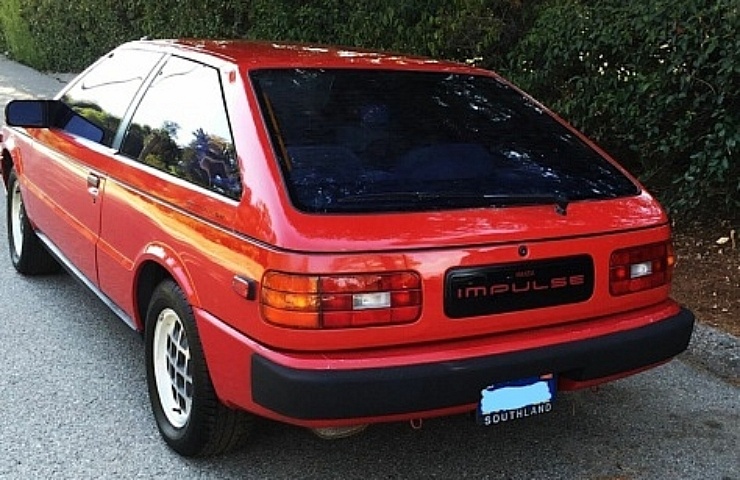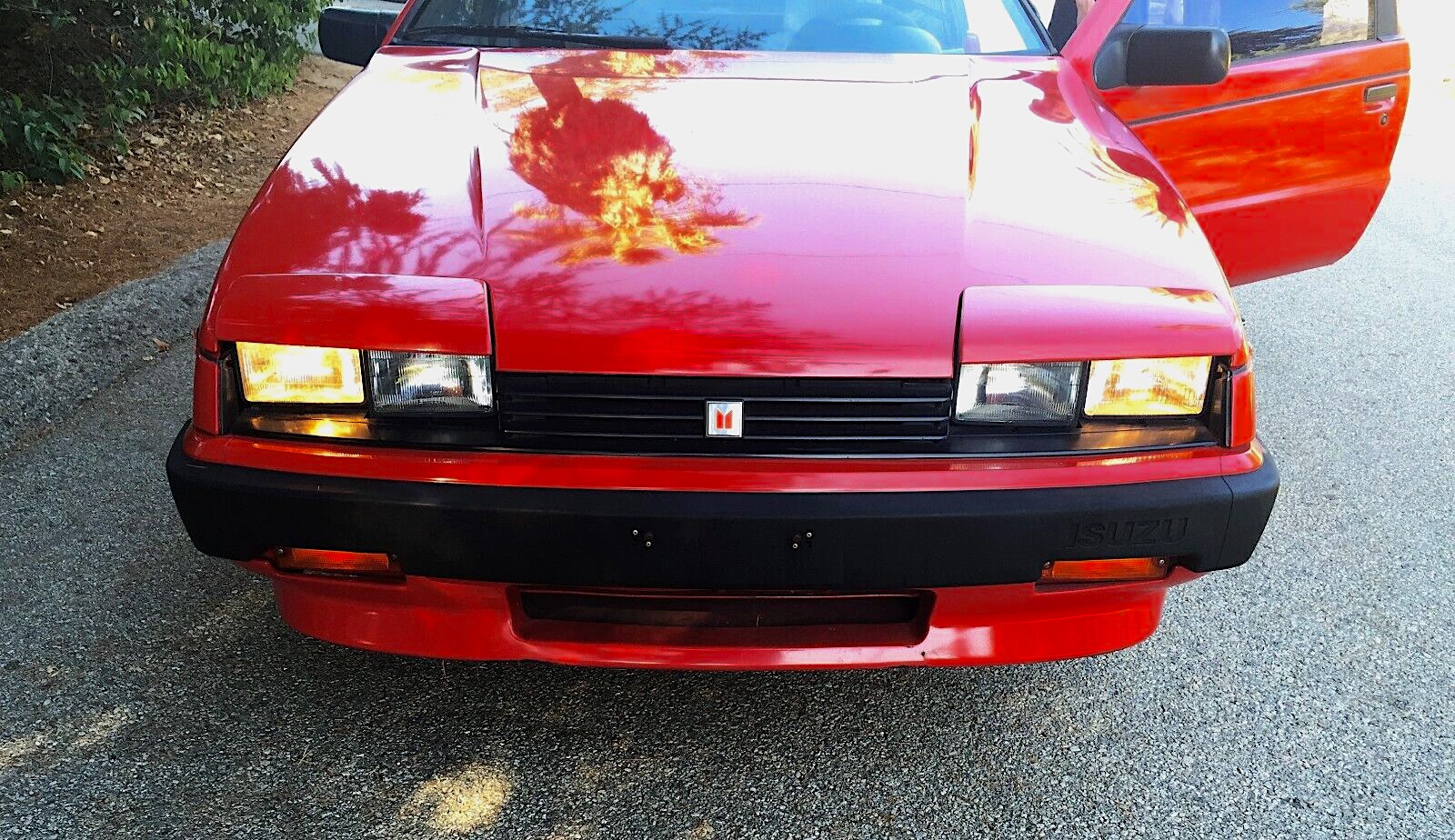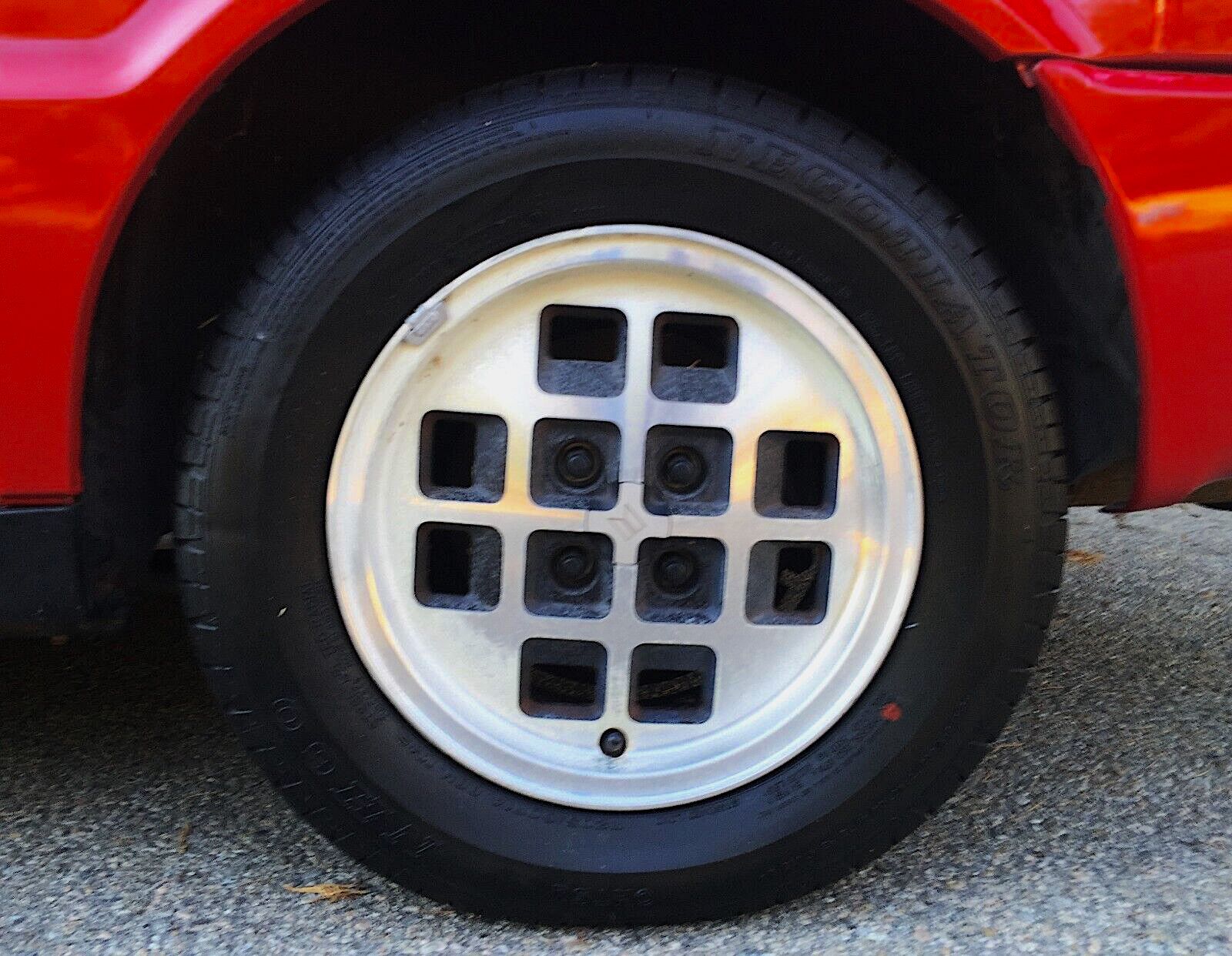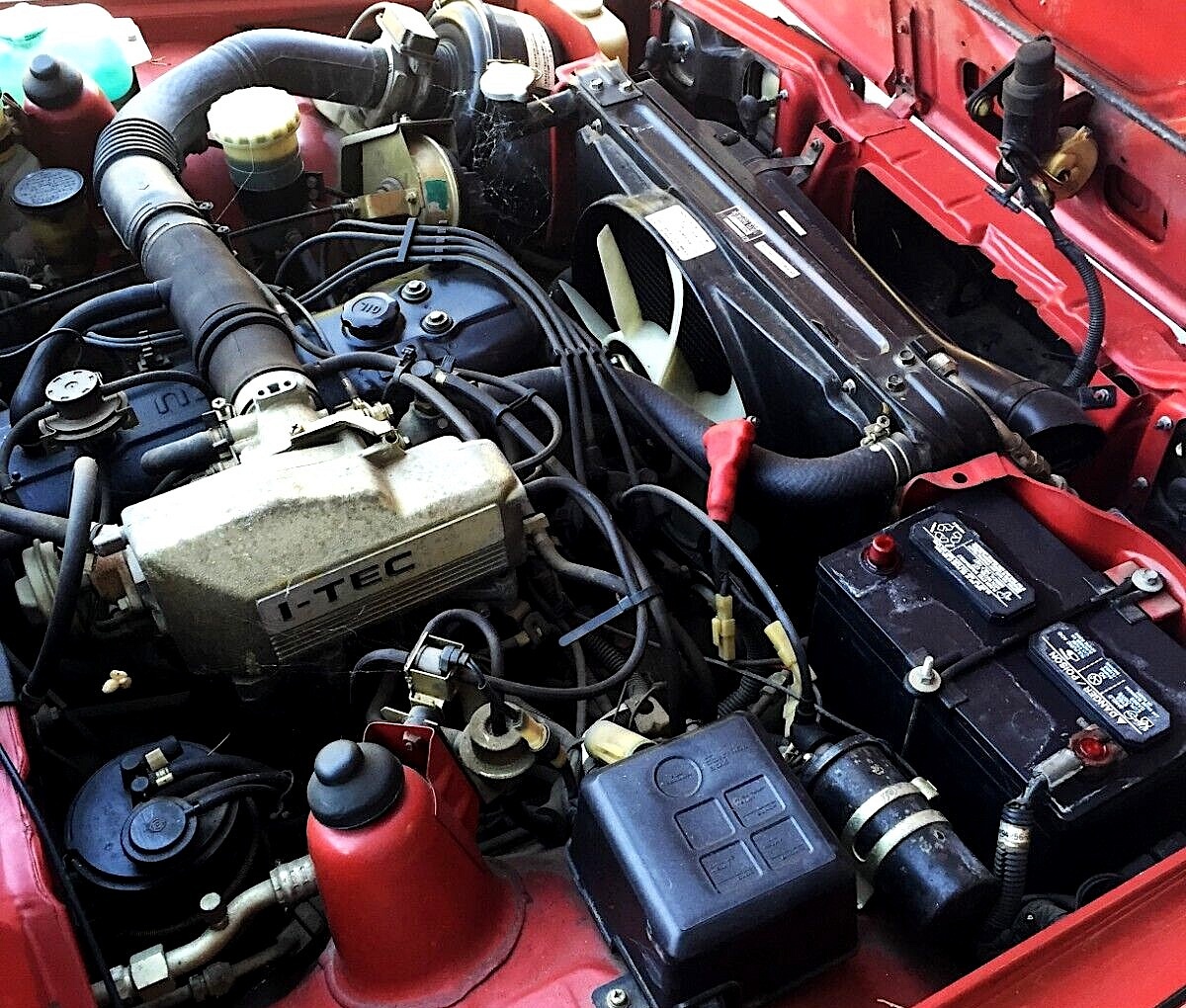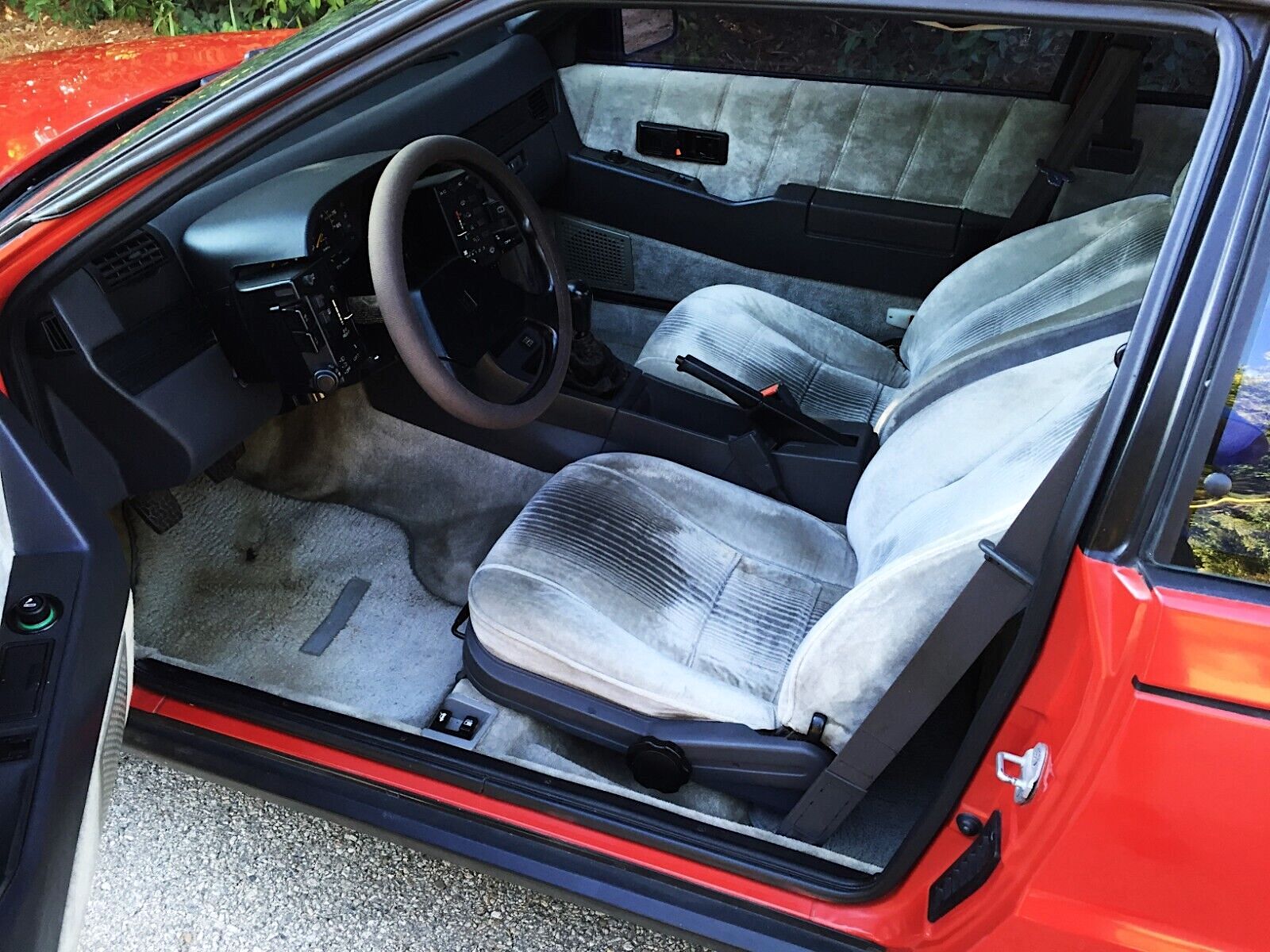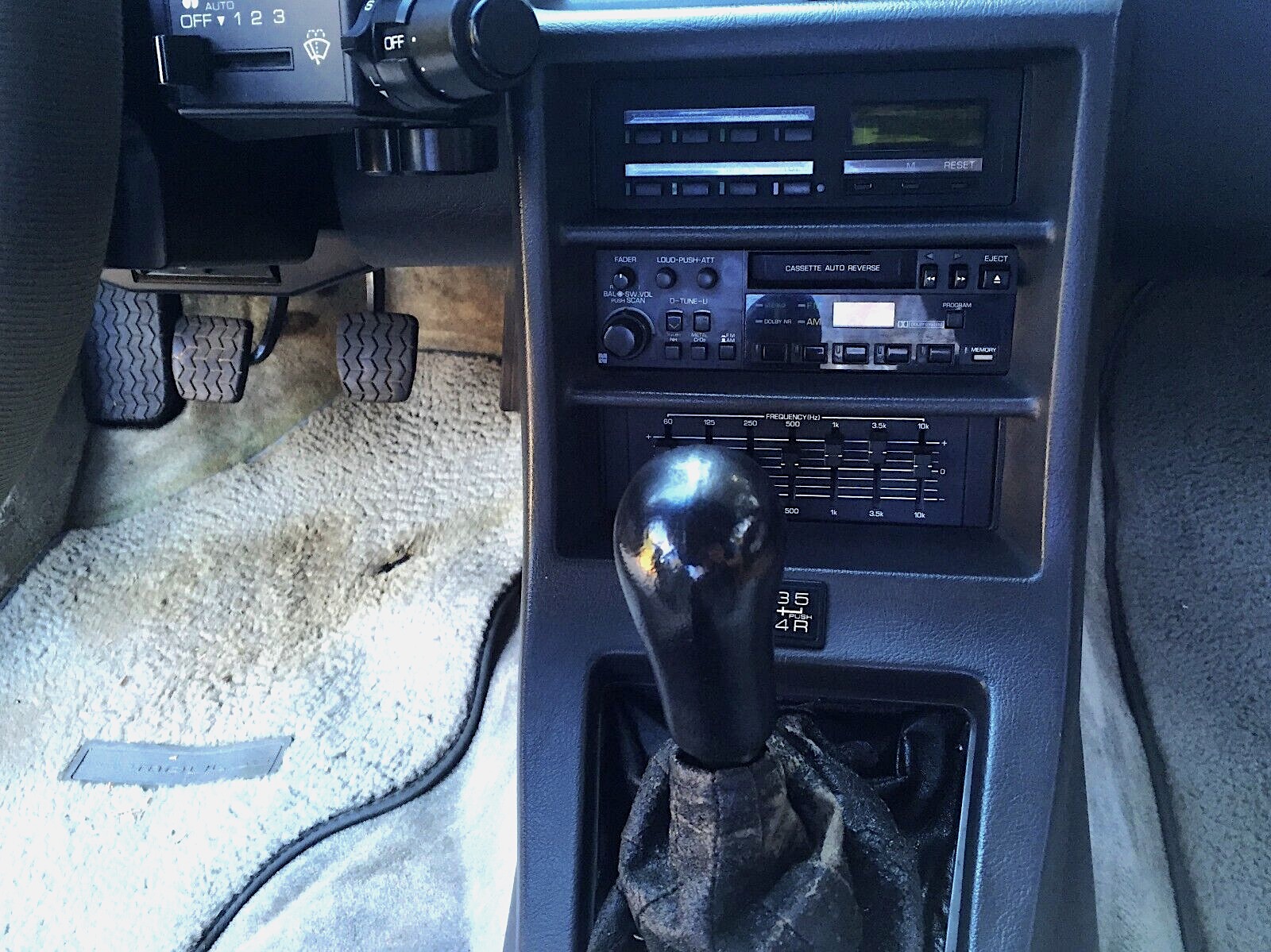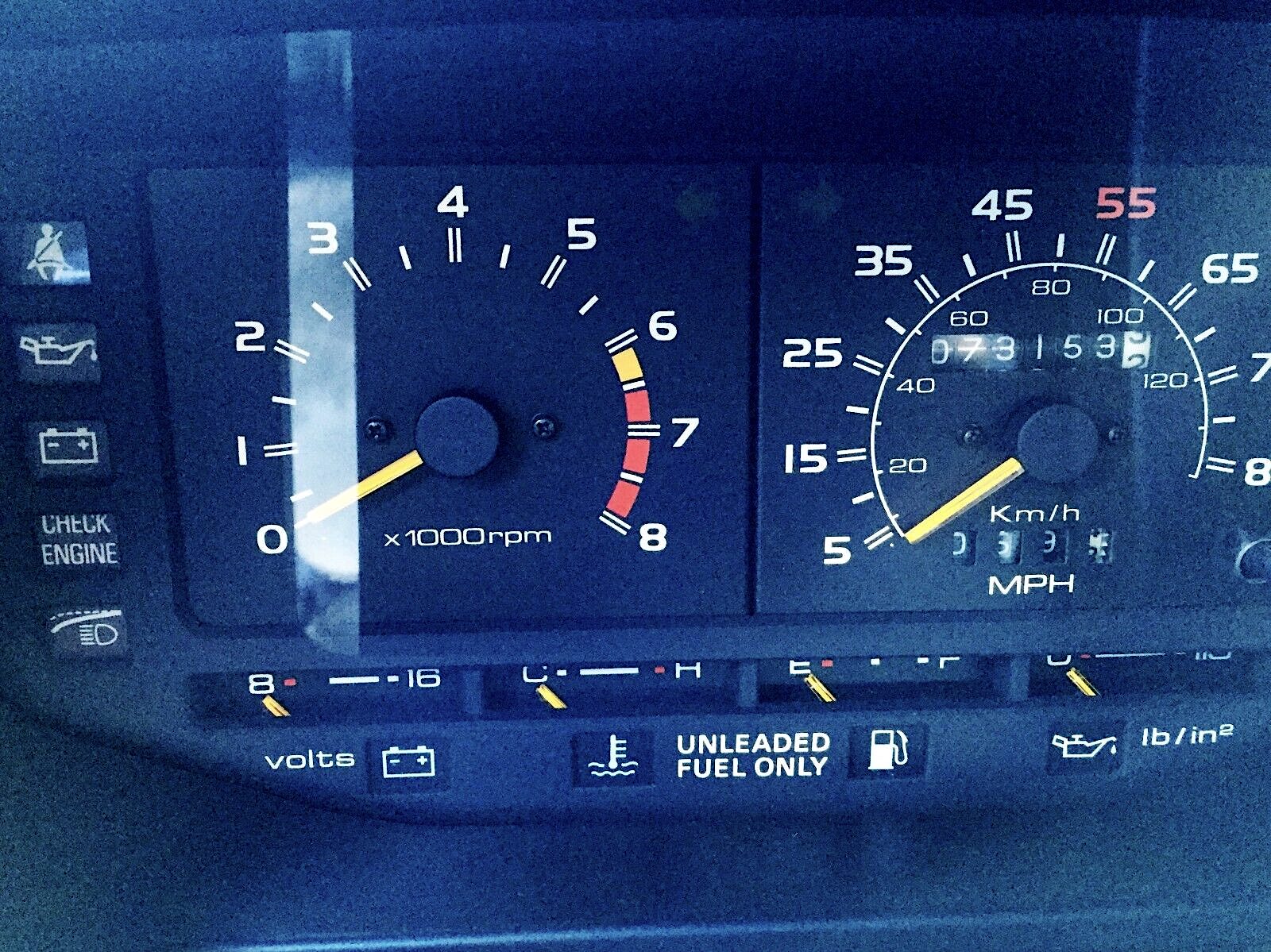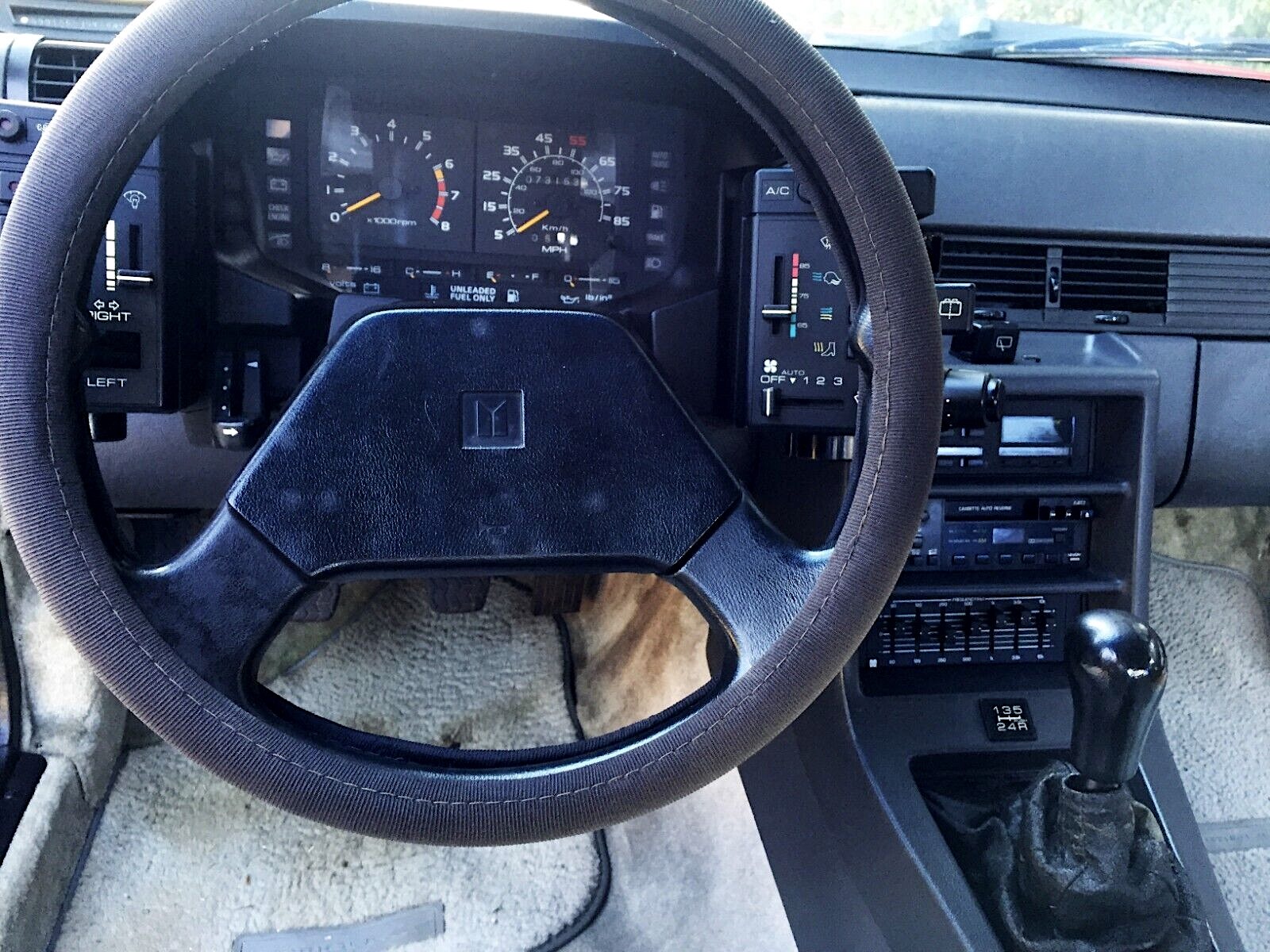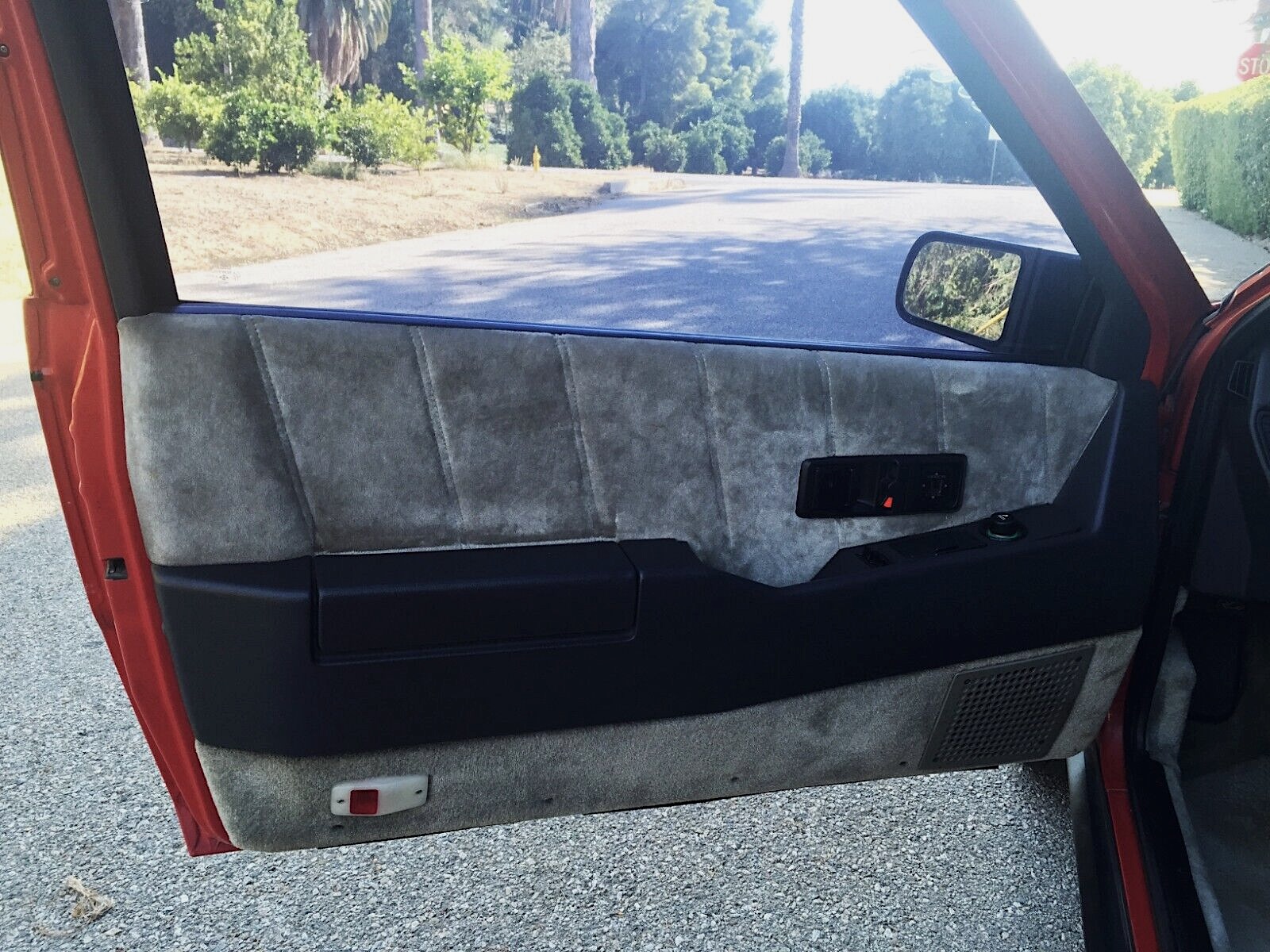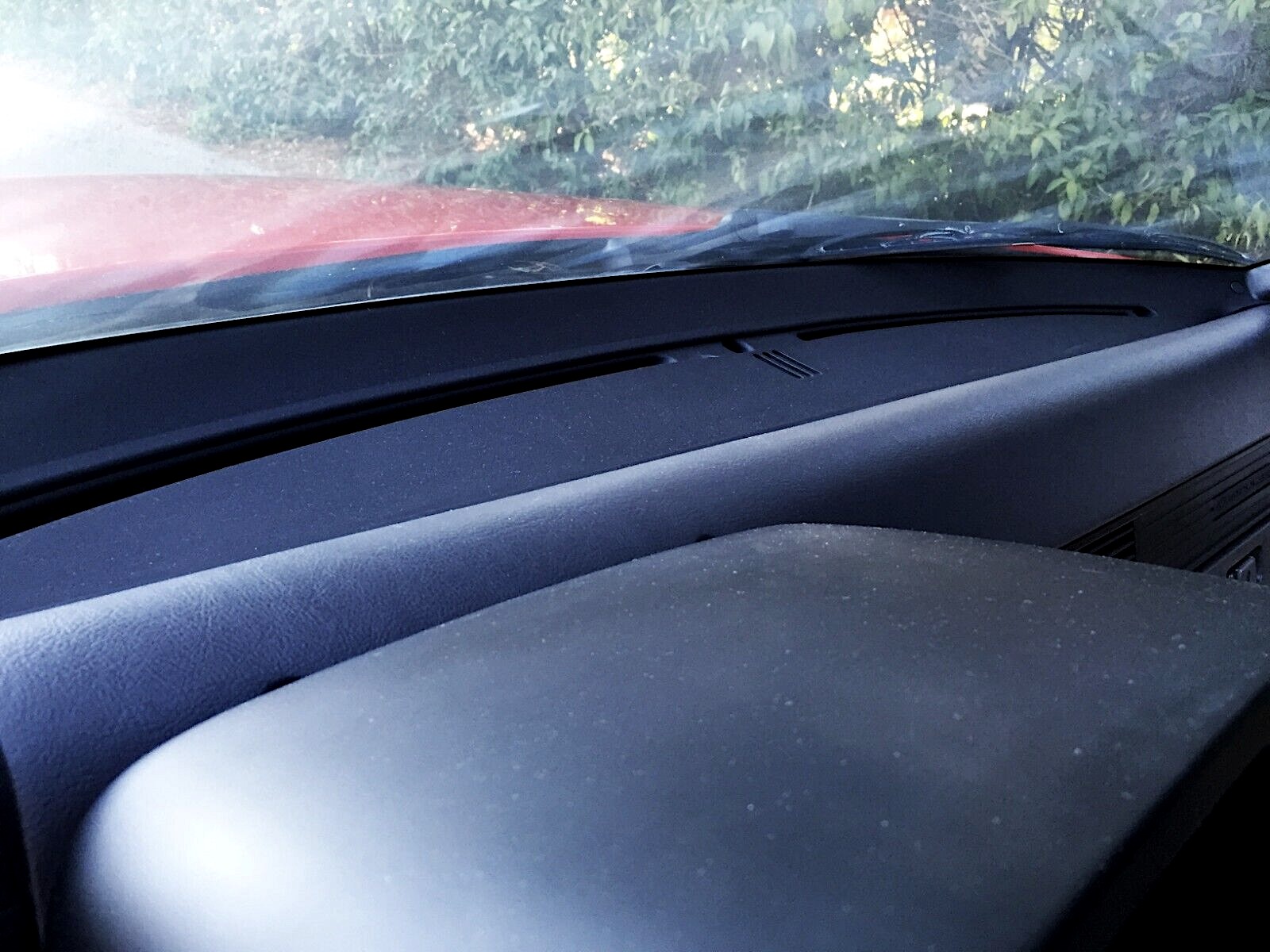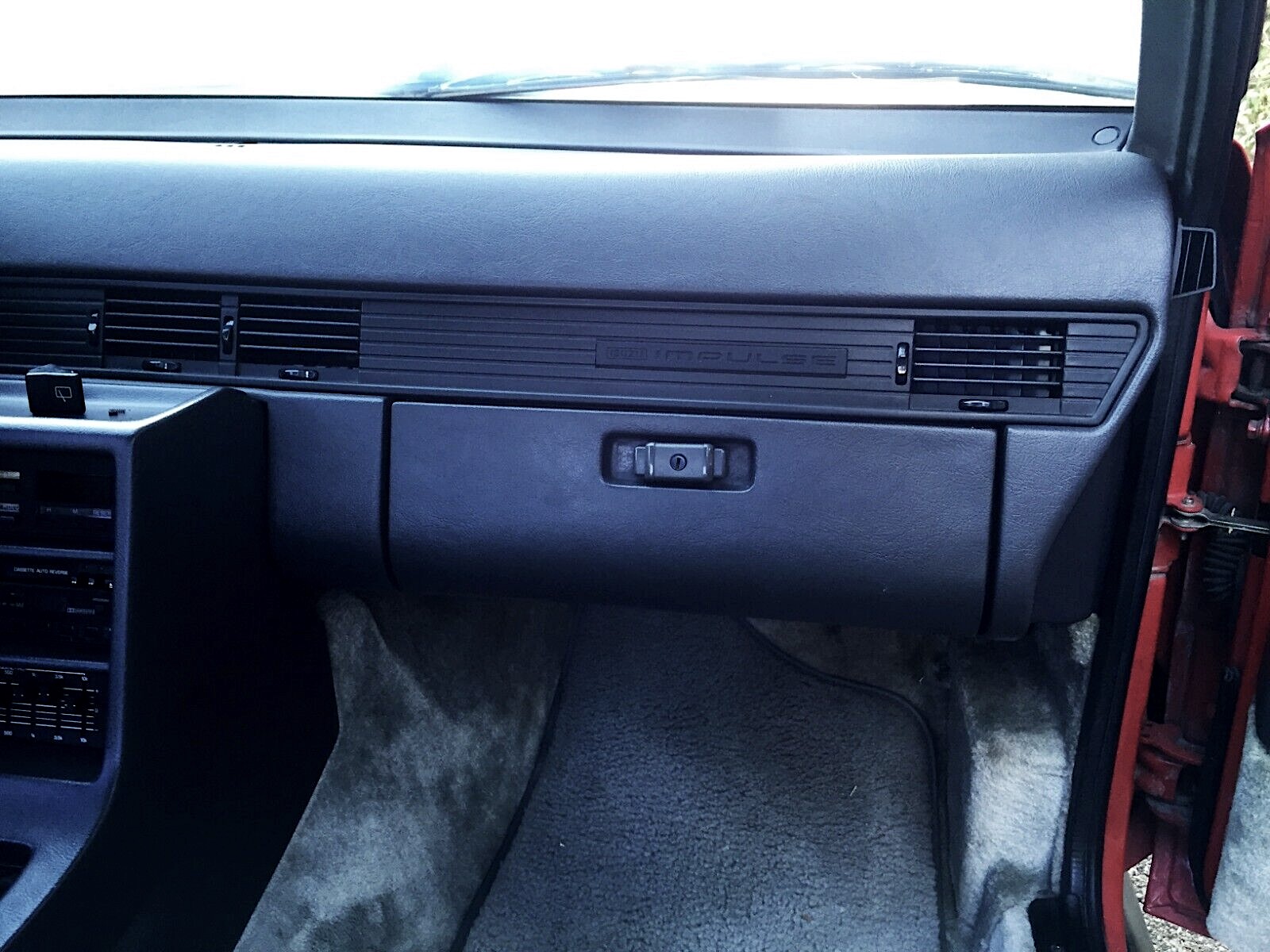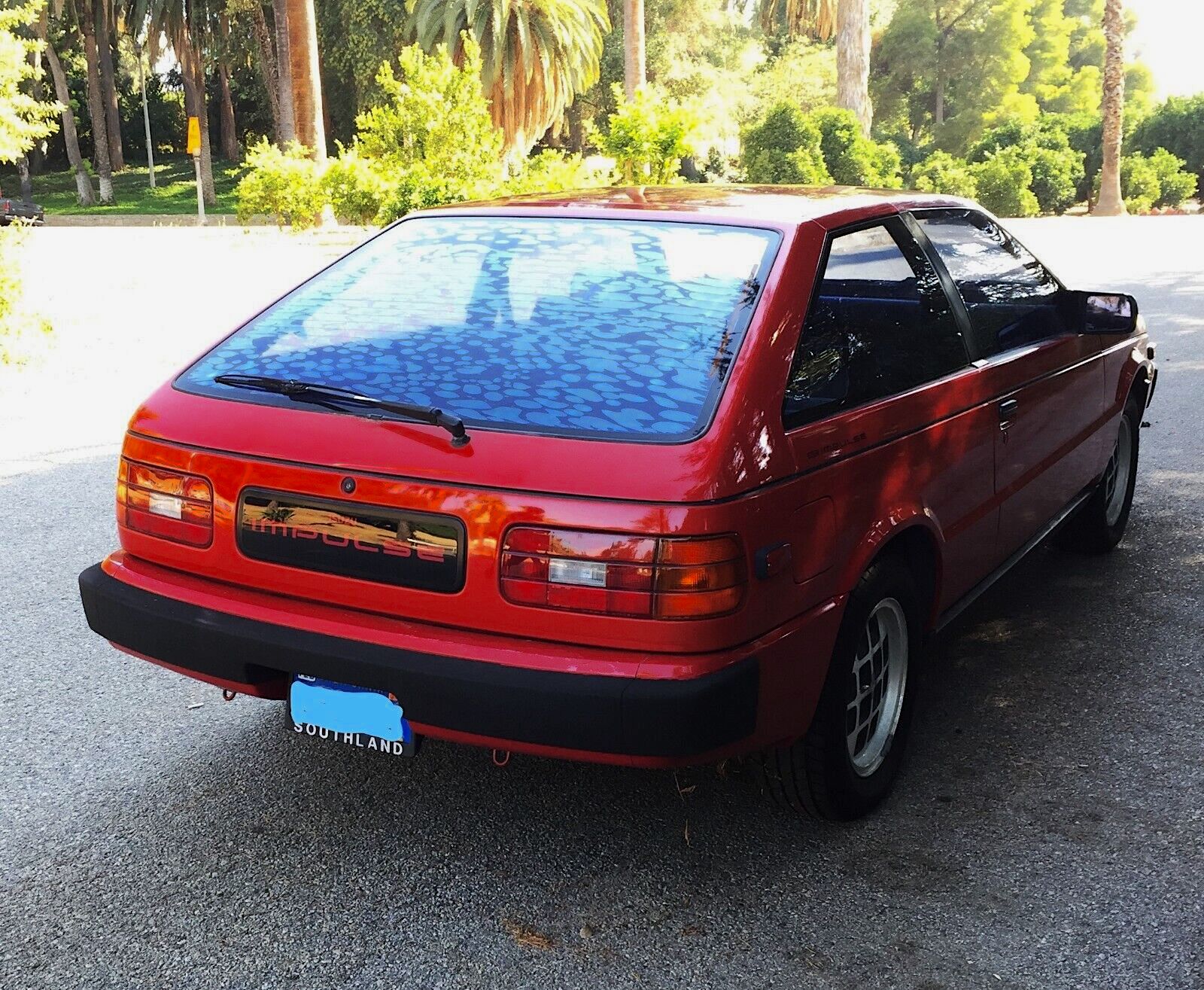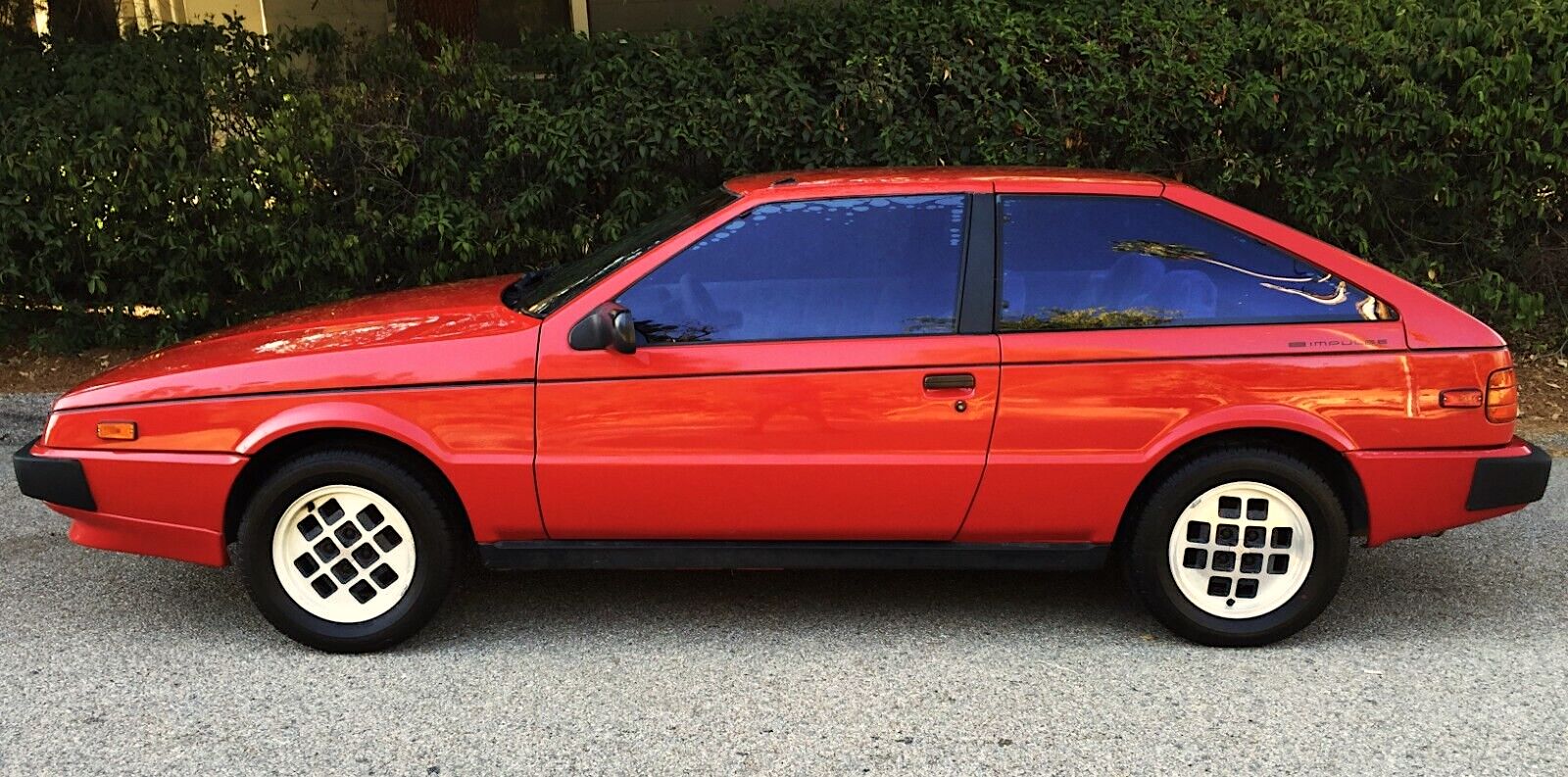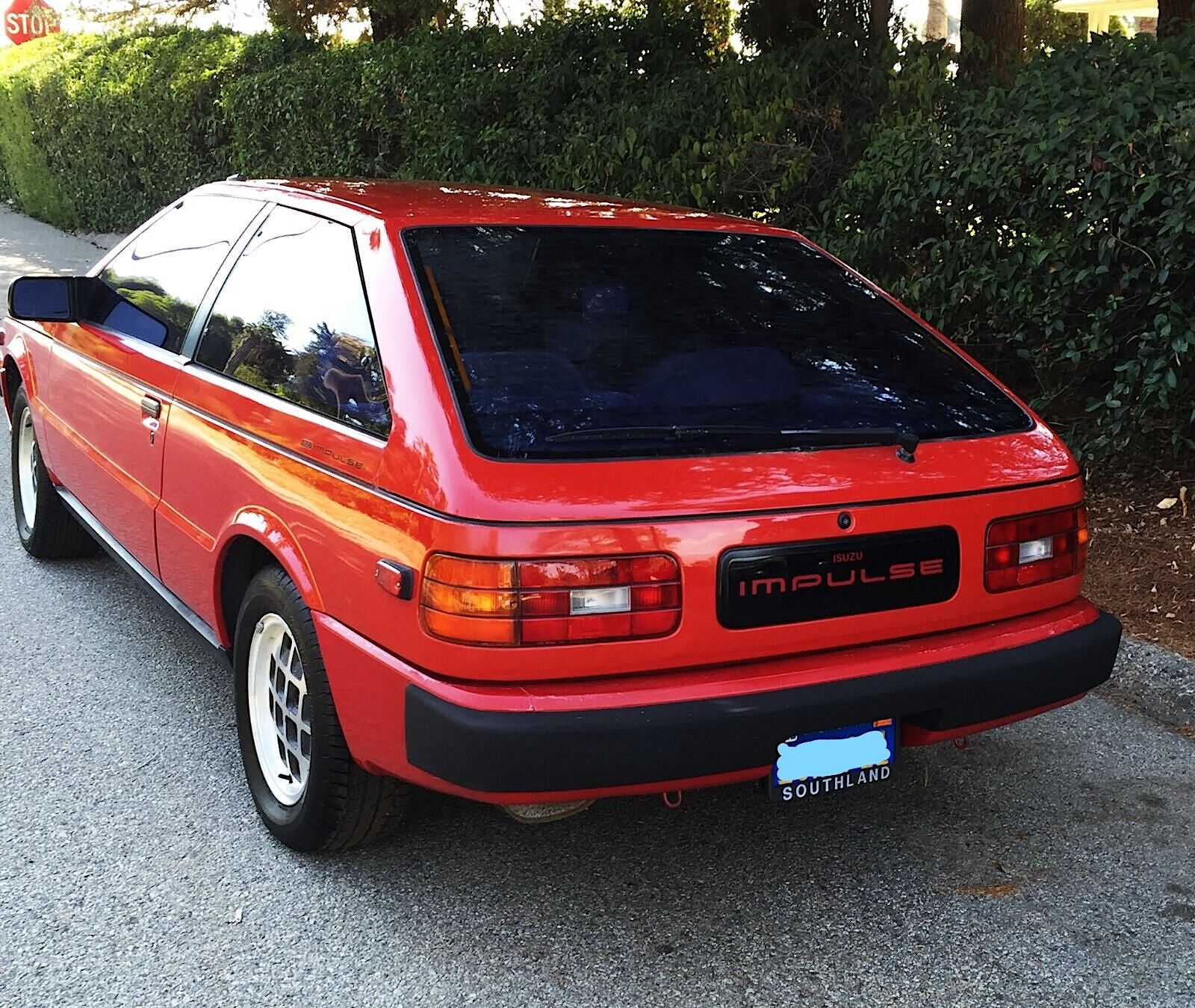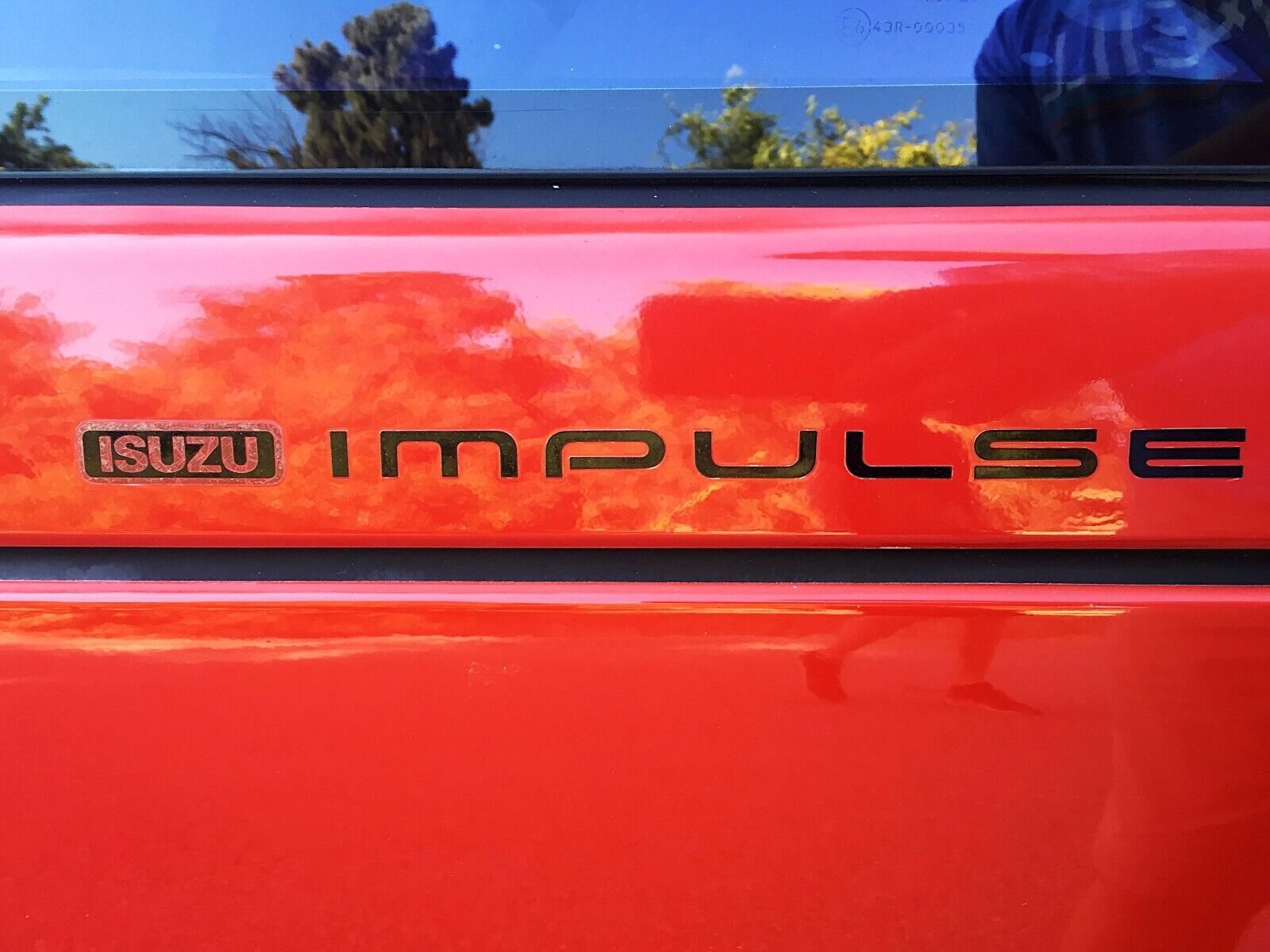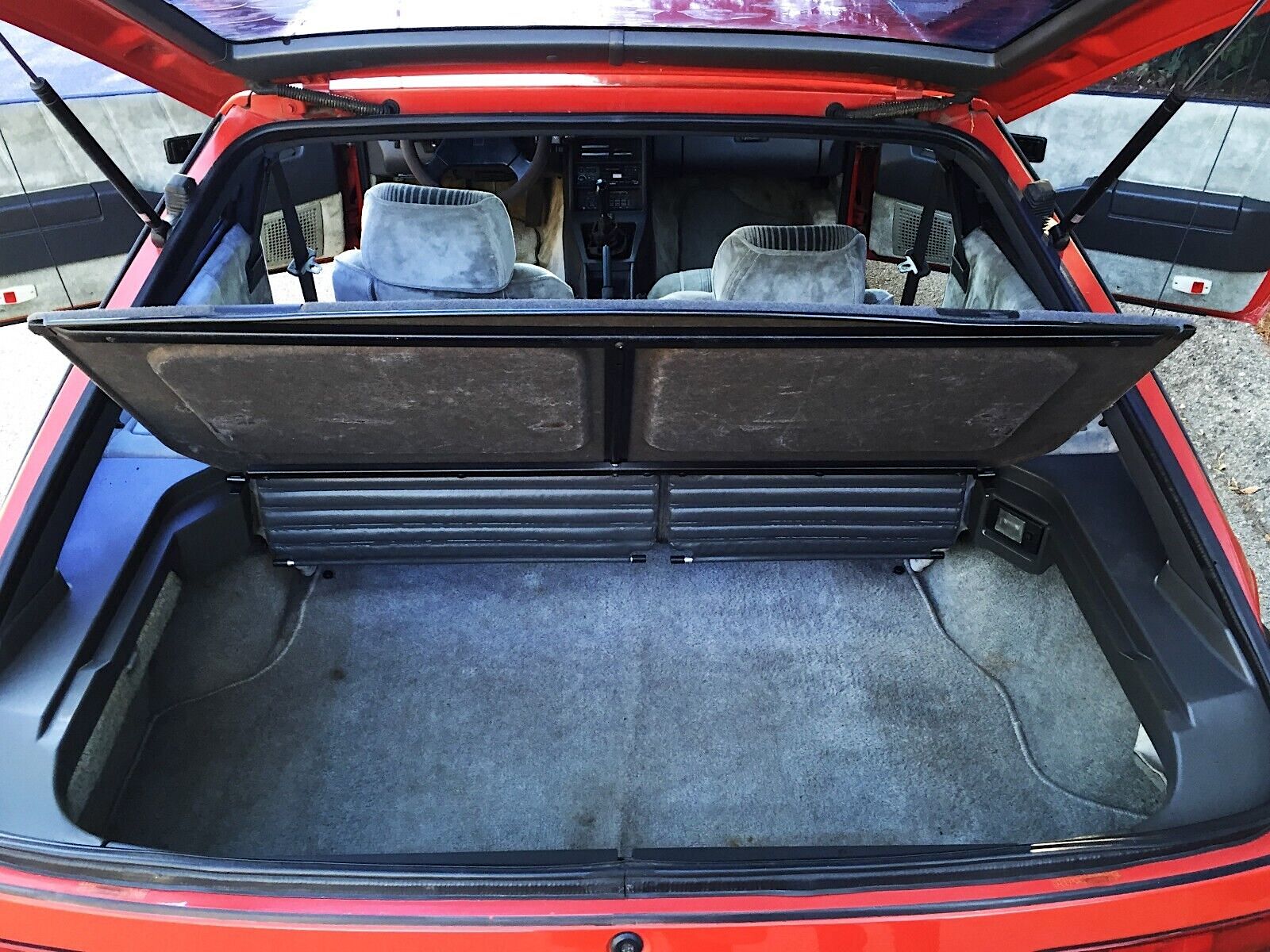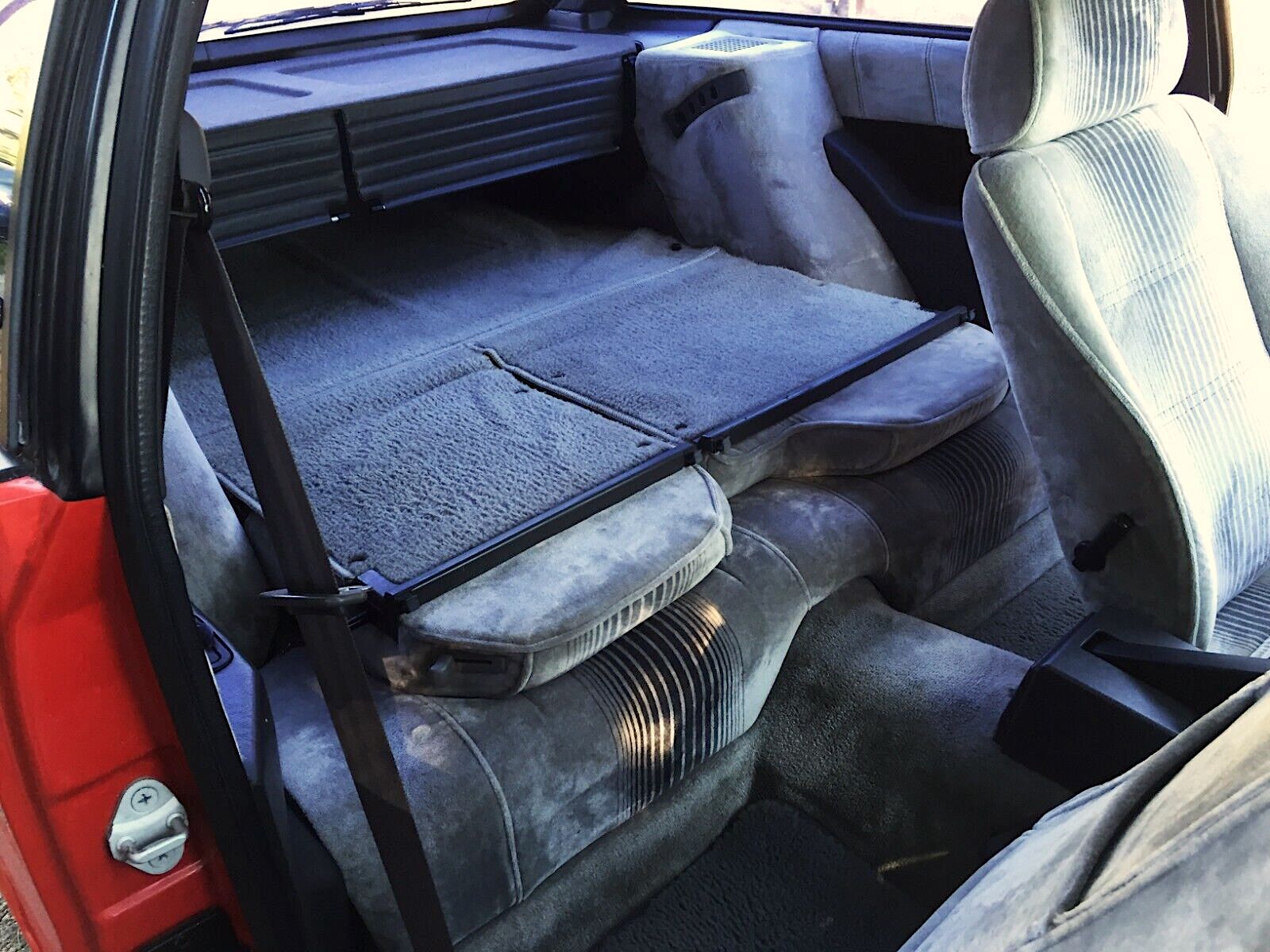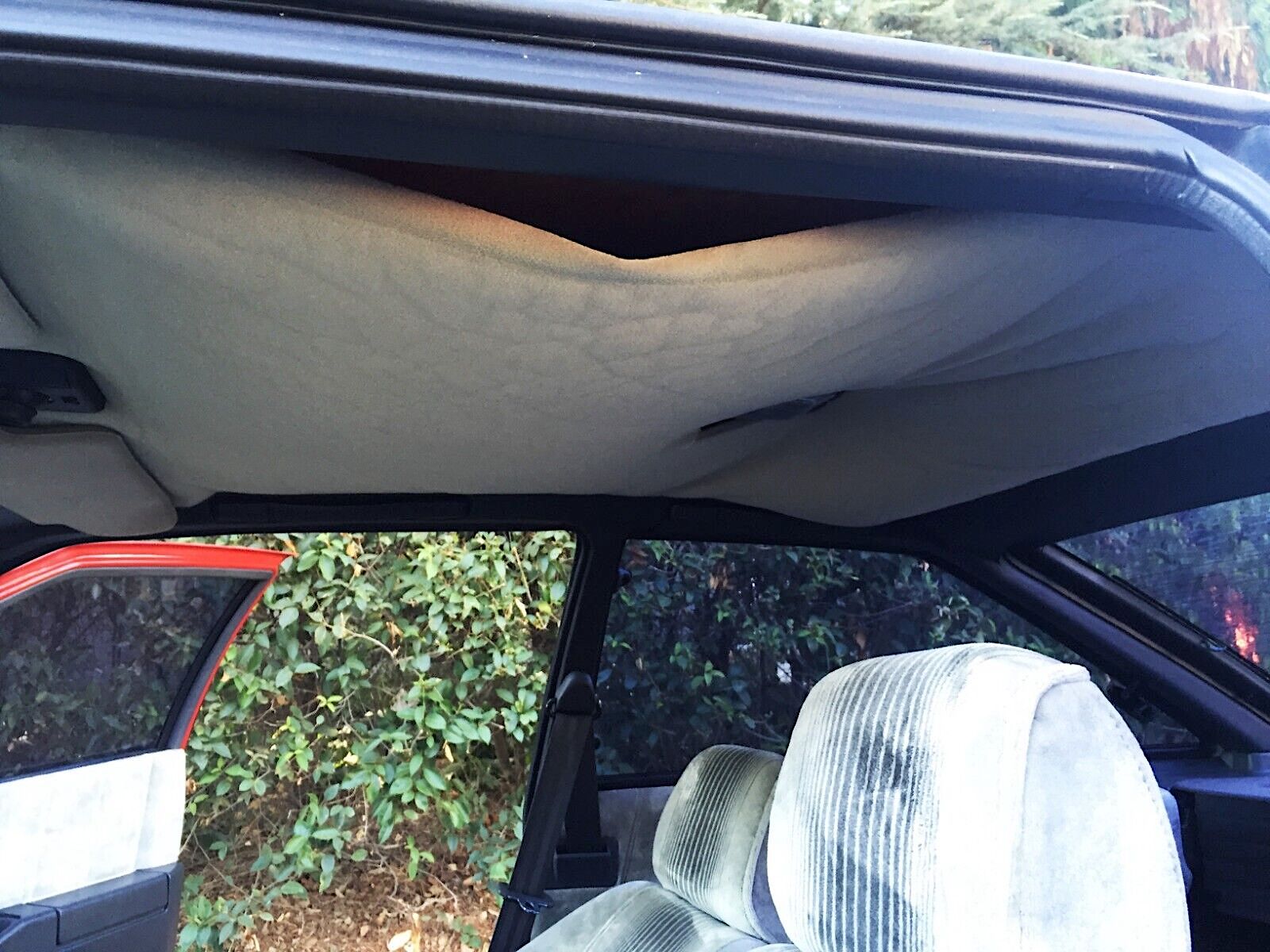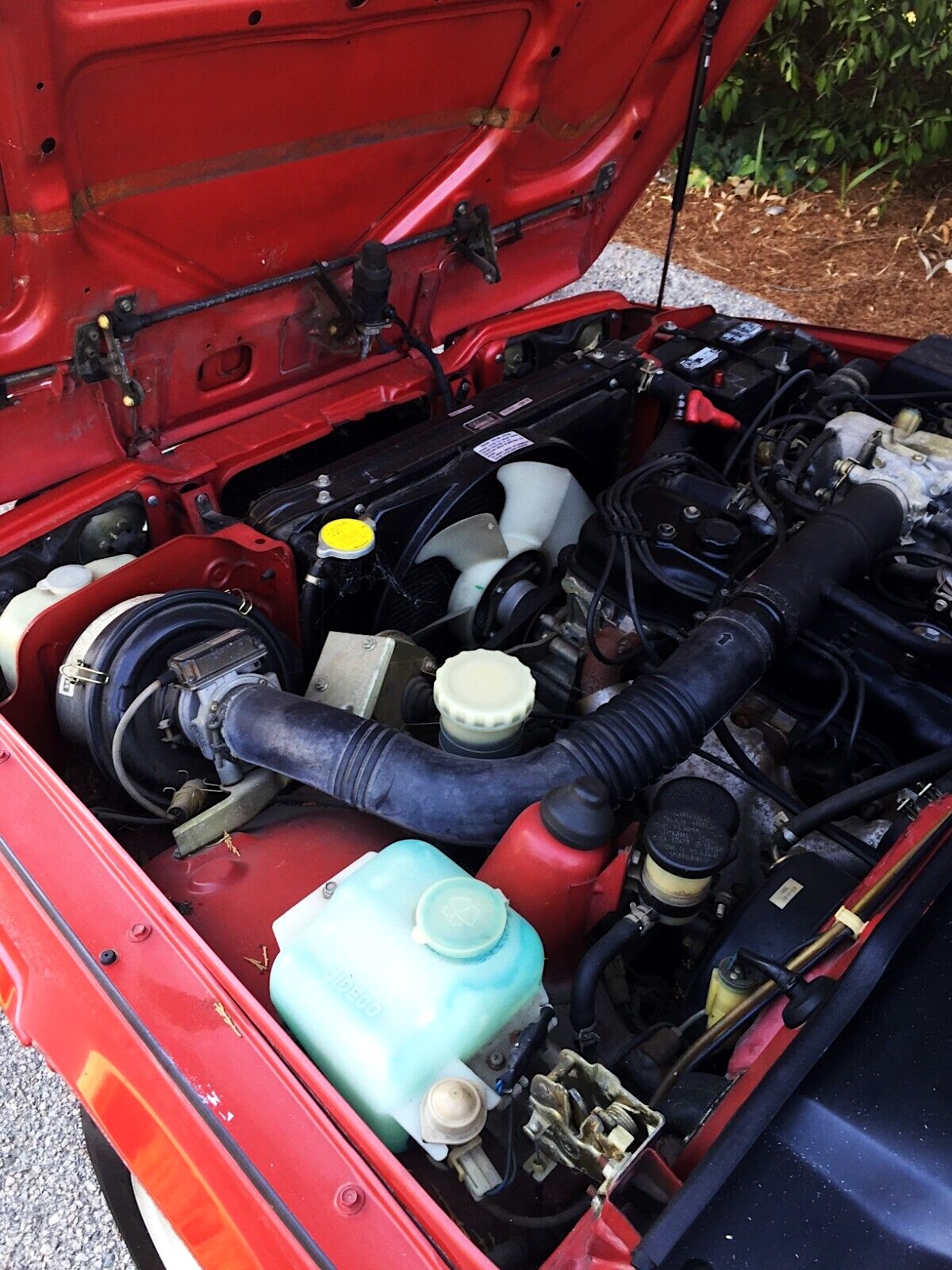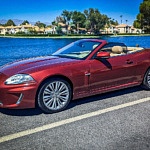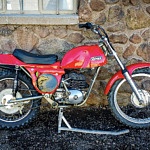There’s also the novelty of owning an orphan brand. Isuzu withdrew from the US passenger car market in 2009. Isuzus have never been volume sellers, but an Impulse was recently listed for sale on eBay Motors in Redlands, Calif.
Shop now for 1980s carsLegendary Designers Can Work for Anyone–Including Isuzu
The Impulse began life as the Asso di Fiori (“ace of clubs” in Italian) concept car shown at the 1979 Geneva Motor Show. Penned by ItalDesign’s legendary Giorgetto Giugiaro, it was the third in his Asso (ace) series. Previous Asso concepts included the Audi 80-based Asso di Picche (ace of spades) and the Asso di Quadri (ace of diamonds), based on the BMW 320 and later repurposed for the M1.
Isuzu gave ItalDesign a blank slate to create what Giugiaro described as his “fifth Copernican revolution.” The concept wowed the motor show audience so much that Isuzu fast-tracked it to production. Typically, concepts change quite a bit to accommodate a dizzying array of safety regulations–from headlight height to bumper size–but Isuzu kept remarkably faithful to the concept’s design.
The Impulse debuted in Japan in June 1981, where it was sold as the Piazza. It arrived in the U.S. two years later. Compared to the chrome-bumpered cars of the era, it looked like it had just landed from Mars. The design was so futuristic it stayed essentially unchanged for almost a decade, replaced by a second generation in 1991.
During that time, Isuzu continued to make significant improvements to the hardware. In 1984, Isuzu turbocharged the 2.0-liter inline-four to give it performance comparable to the Mitsubishi Starion. Irmscher, a West German tuning shop specializing in Opels, introduced a sports suspension in 1985. Isuzu and Opel were both owned by General Motors, and the Impulse shared a chassis with the Opel Kadett. After GM purchased Lotus in 1986, Isuzu introduced an even sportier suspension on the 1988 Impulse, with a “handling by Lotus” badge on the car.
30-Plus Years in Storage Means This Impulse Needs Awakening
While the car for sale, a 1984 model, is too early to have benefitted from turbocharging or the Lotus suspension, it wears Giugiaro’s excellent design. It appears to be well-kept and has only traveled 73,153 miles. There is a sagging headliner and bubbling aftermarket tint on the windows. It’s a two-owner car but has not been registered since 1992.
Isuzu marketed the Impulse as a car with everything standard, so it came very well equipped for the era. Fortunately, the original buyer chose the one option: the manual over the automatic transmission. Presumably, work will be needed to get the car roadworthy again, but with an asking price of just $7,500, it’s one of the most affordable ways to get into an automotive design masterpiece.
Shop now for 1990s cars
